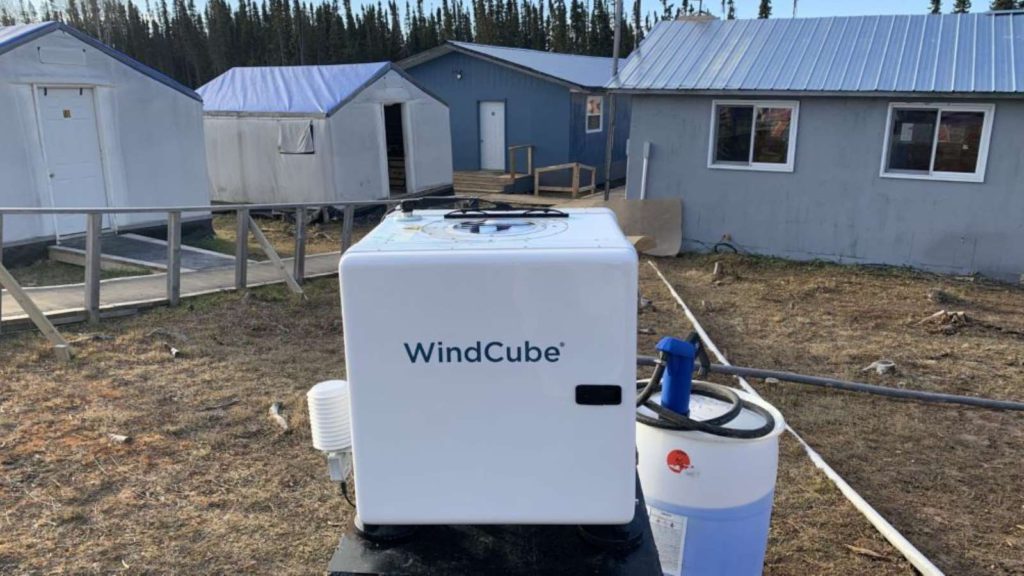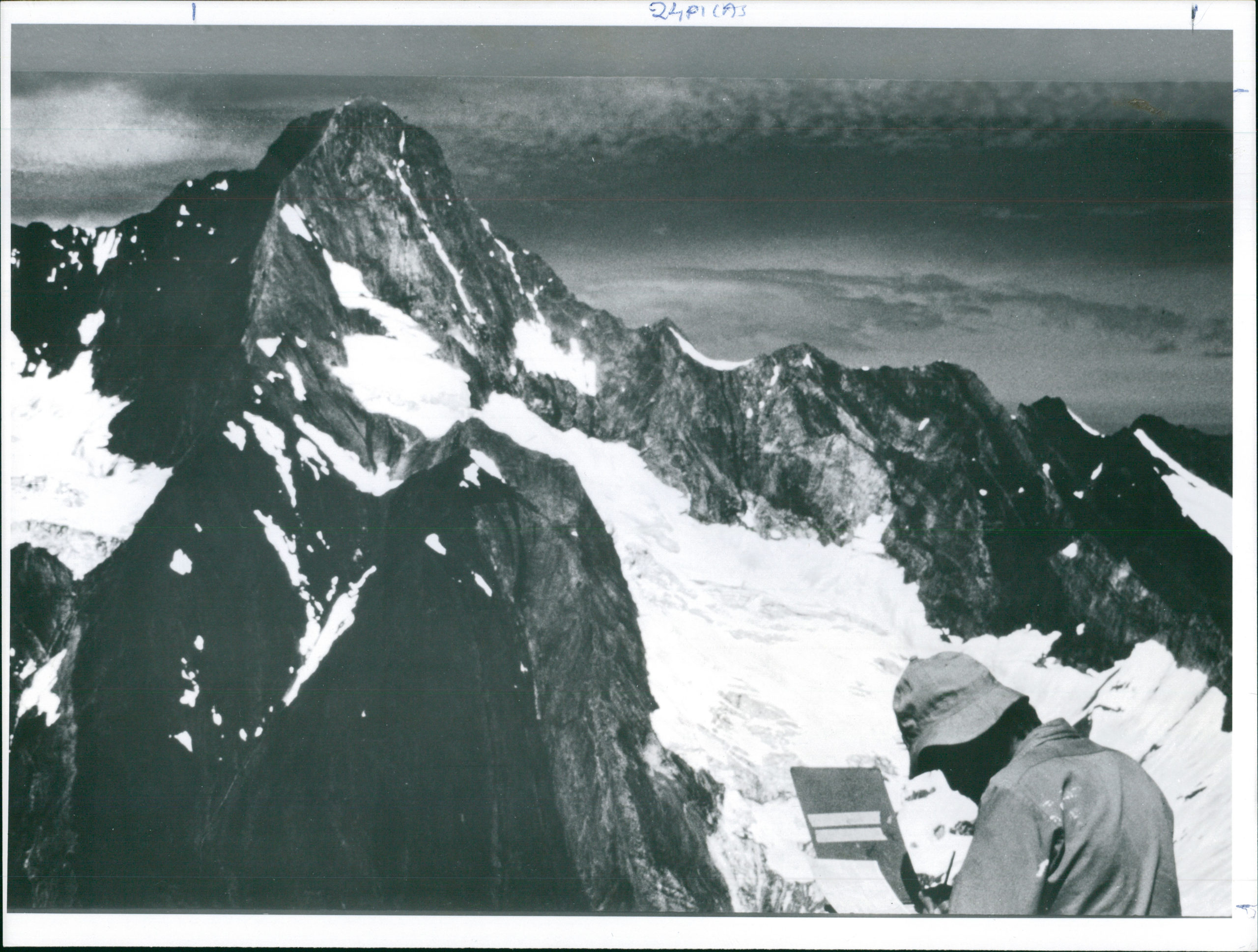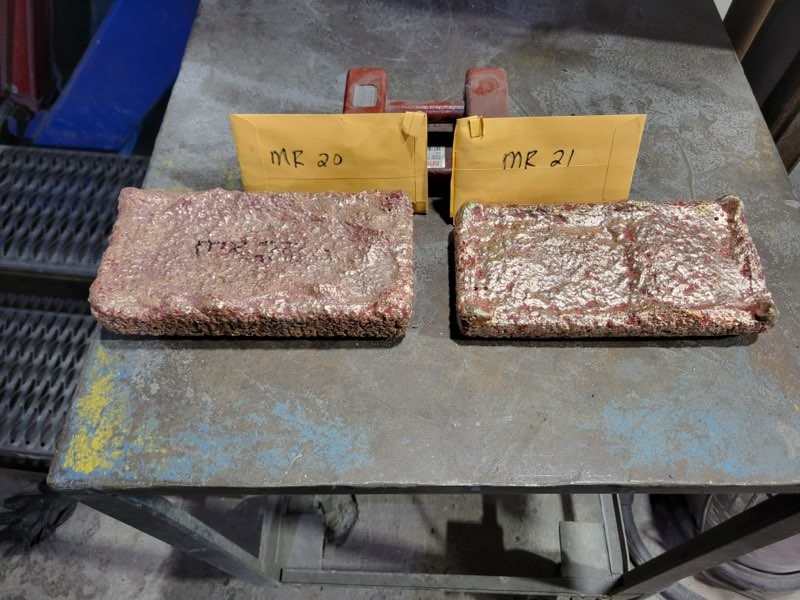“We are encouraged by the results of the initial wind study and believe there is good potential to generate clean energy using wind turbines in the area, which we will further define with additional study in the near term.”
Following the wind power study, RoF Metals installed a Vaisala WindCube LiDAR to collect more detailed data. Such devices collect measurements throughout the air column from the base to the t op of the turbine blades, rather than only at the hub. The data will be used to track natural weather variability.
“Other options for complimentary low and no-emission generation, including biomass, pumped hydro, and solar are also being investigated to supplement clean wind energy production if needed,” Crozier added.
RoF Metals is also participating in the Details project with Geosciences Barcelona to investigate the potential to use mine tailings to remove carbon dioxide from the atmosphere. Using tailings from ultramafic nickel deposits have been shown to absorb carbon dioxide. Now the challenge is to speed up the rate at which this happens.
Geosciences Barcelona is evaluating samples from the Eagle’s Nest project. After the tailings have been used to absorb carbon dioxide, they would be stored permanently underground.
Details about the Eagle’s Nest project are posted on www.RoFMetals.com.




